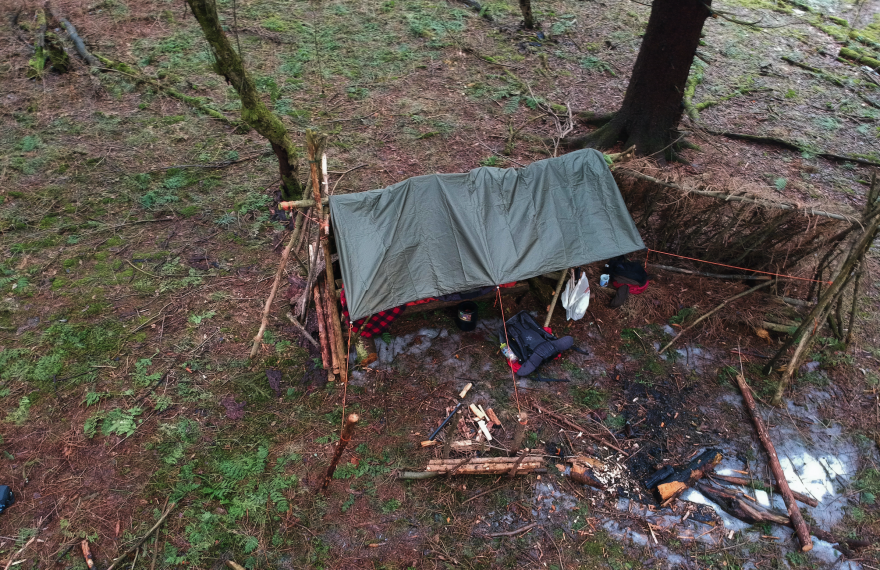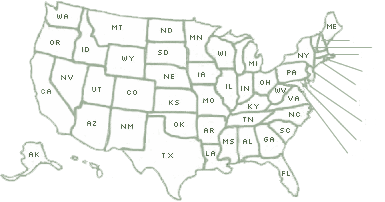
When it comes to immersing yourself in the outdoors, nothing beats tarp camping setups. These open campsite plans allow you to rest surrounded by the natural world. If you are looking to try this type of camping for the first time, this guide will teach you the basics of tarp best practices.
What Are The Benefits of Tarp Camping?
Depending on your specific hiking and camping preferences, there can be plenty of benefits of tarp camping. One of the main perks is that tarps are much easier to transport and less expensive than tents. While staying under a tarp, you can also enjoy a deeper connection to nature and more ventilation. These simple shelters offer the ultimate immersive experience, exposing you to nature in a way that tents do not.
What Are The Most Common Tarp Camping Setups?
While you can certainly get creative with your tarp setup, there are several popular configurations that are great to start with.
- A-Frame: This classic tarp setup may be the most popular. This involves draping the tarp over a rope, stretched between two trees, and anchoring the corners to the ground. If you are in an area without trees, you can use a trekking pole or a long stick instead.
- Tube Tent: If you want the security of having a tarp on both sides of you, try this tarp setup. This design is similar to an a-frame setup, but you use a longer tarp and wrap the end to create a triangle shape. You can also use two smaller tarps to create this tube shelter.
- Lean-To: For this setup, hang a rope between two trees or trekking poles and secure one side of the tarp to the rope. Pull the tarp tight and secure the opposite edge to the ground. This creates a natural barrier between your camp and the environment.
While these are the basic types of tarp camping setups, there are plenty of ways to create a campsite. Experiment with a tarp, ropes, and other materials to fit your shelter needs.
What Conditions Are Best For Tarp Camping?
While tarp camping is a great way to connect with nature, it’s important to remember that not every environment is suited for this setup. Dry and flat conditions will work well with a tarp shelter. However, if you are expecting wind or rain, are staying in a buggy area, or are on difficult terrain like a mountain, a tent may be a better choice.
Remember: The best way to master any camping style is to try it first. Once you experiment with tarp camping setups, you will find what works for you and your treks.
Image is courtesy of Shutterstock
 Your Privacy Choices
Your Privacy Choices

